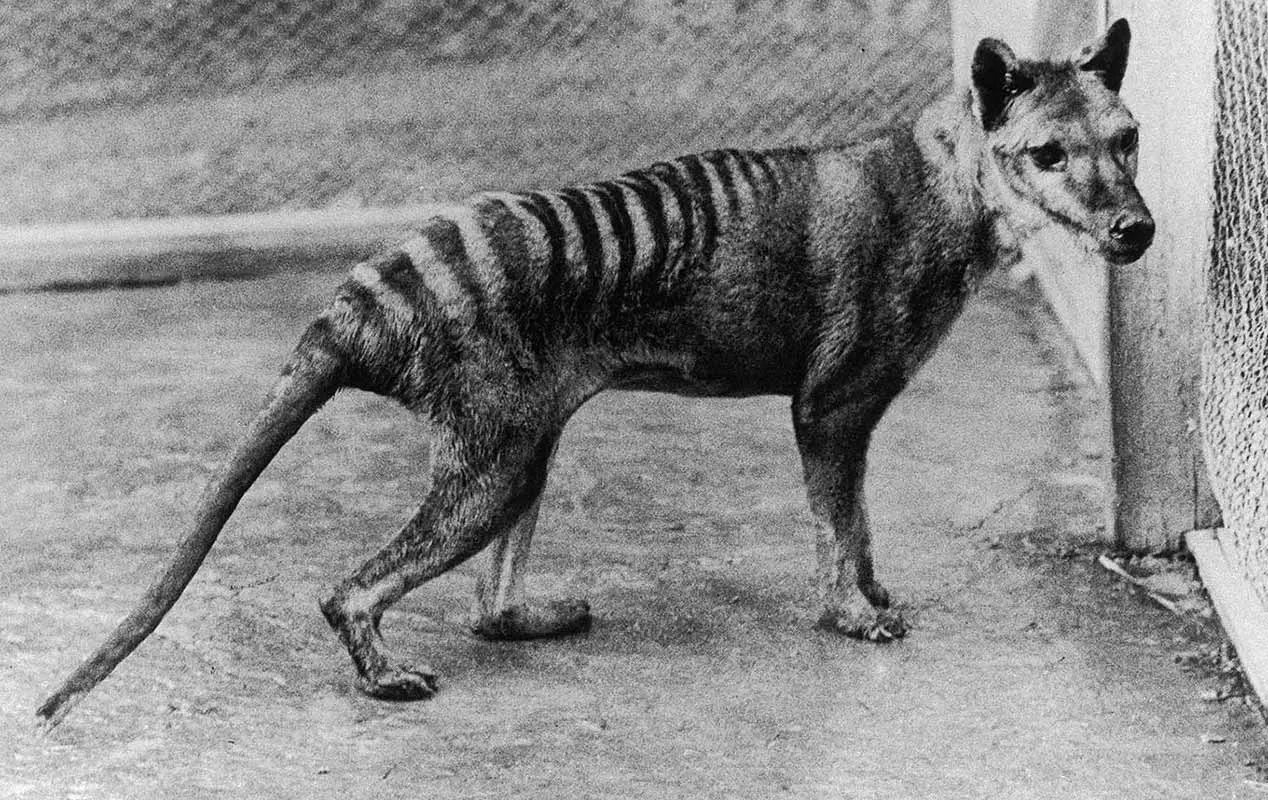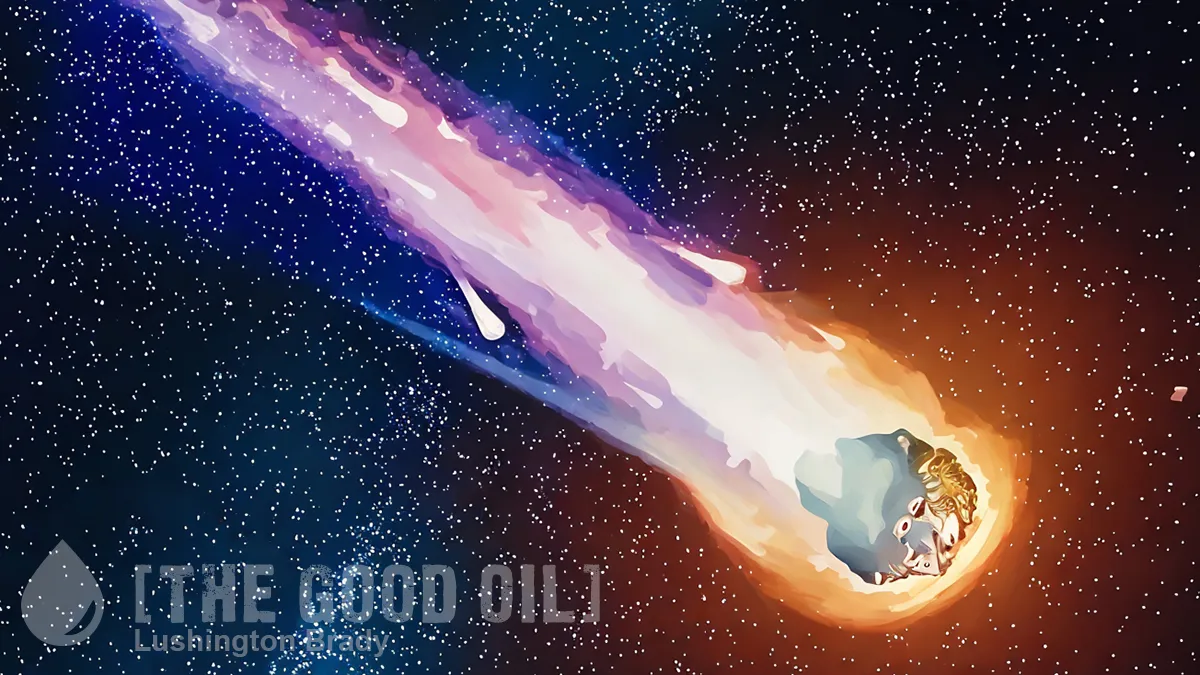Another day, another dodgy study, over-hyped by a sensationalist and scientifically illiterate legacy media.
I hate to break it to you, despite what the headlines have been gushing, but thylacines (the “Tasmanian Tiger”) probably did not survive “into the 1980s and beyond”. Even I’d like to believe otherwise, but the evidence just isn’t there.
Especially not from a “study” that’s nothing more than pure guesswork and wishful thinking churned through a computer model.
UTAS professor of environmental sustainability Barry Brook said the research team used uncertainty modelling and sensitivity analysis to work out that “extinction likely occurred within four decades of the last capture, so around the 1940s to 1970s”.
“But we found, through further analysis, that extinction might have been as recent as the late 1980s to early 2000s, with a very small chance that it still persists in the remote south-western wilderness areas.”
And how, precisely did they come to this stunning conclusion? Guesswork and “I Just Reckon” stories, with the magic “computer modelling” wand waved over them.
There’s certainly no hard data. In fact, even the study authors admit that they resorted to “plausibility” rather than physical evidence.
In other words, they’re just choosing to pretend that wishful thinking is “science”.
They even admit that a hard-nosed, evidence-based conclusion is that the thylacine went extinct exactly when it has always been thought: the late ’30s or early ’40s.
“In terms of physical evidence, there’s formal modelling you can do from the last observed animal in the species that tells you how long you’d expect to wait [until the species was extinct],” Professor Brook said.
“If you take that hard approach to evidence, it comes to the unsurprising conclusion that they were probably gone by the early 1940s.”
But that wouldn’t excite headlines, would it? So, instead they chose to take “a more lenient definition of evidence”.
Meaning: they’ll believe any old tall story.
“There are some cases that seem, on the face of it, to be extremely plausible, like Hans Naarding from 1982.”
Naarding was a park ranger at Togari, in Tasmania’s far north-west, who parked his car one night in the pouring rain at a remote crossroads.
He reported that he observed a fully grown male thylacine for about a minute but did not have a camera, so there was no photo.
So, in the dark, middle of nowhere, in pouring rain and no camera. He might as well claimed to have seen the Loch Ness Monster.
At least the study authors retain enough scientific probity to concede that the last-grasp hope so many enthusiasts cling to is highly unlikely.
So is there even the remotest chance that Tasmanian tigers survive, to this day, in the state’s wild and rugged south-west?
“I don’t think it is possible,” Professor Brook said.
“It’s a wild, vast area, and there aren’t many people or much activity, that’s true.
“But the thylacine was a large, wide-ranging predator and there have been enough cameras out there, especially over the last 10 years, to say it’s just not there.
“You could have entertained that hypothesis 10 or 15 years ago when there hadn’t been much scientific effort out there, but there has been now, and we still haven’t found any trace.”
ABC Australia
The collapse of the thylacine population was notably rapid. Numbers plunged from an estimated 5,000 to likely extinction in just 133 years. The speed of its decline caught everyone by surprise. The species was extinct within just months of the threat being realised and the species listed as protected.
Indeed, thylacines had gone extinct on the Australian Mainland millennia earlier, likely wiped out by competitive pressure from the introduced dingo. And that was on a far larger landmass with a greater variety of environmental niches to occupy. It’s likely that the Tasmanian population was living a marginal, last-gasp, existence.
Hence, it collapsed into extinction with stunning rapidity. So fast was its decline that the idea that it survived as an unseen, marginal species for nearly another century is highly implausible, to say the least.









